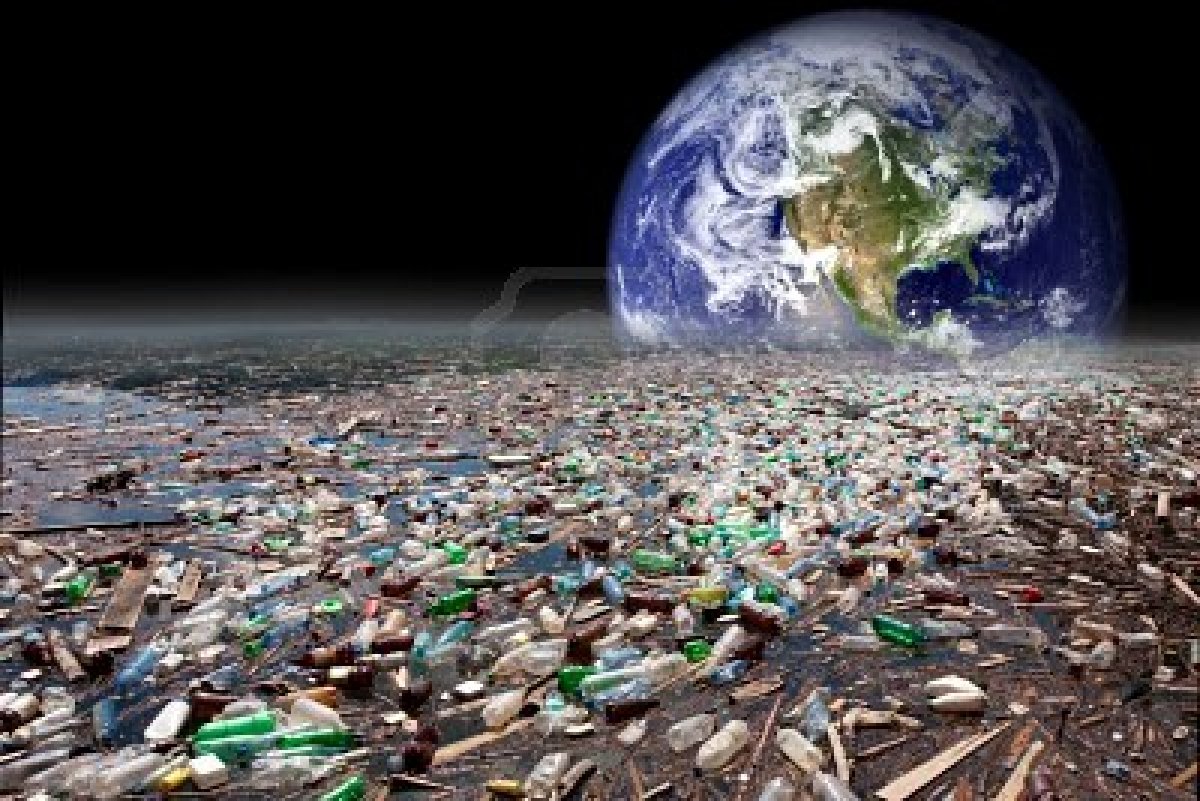An attempt to highlight irresponsible decisions of world leaders, corporates and mindless 'consumers'. The video is dedicated to all who died fighting for Earth and those whose lives are on the line today.

What3Words is a revolutionary addressing system that pinpoints locations more precisely than conventional street addresses.

At least 500,000 pieces of space debris threaten satellites and astronauts, but an US -based company says it has a new approach for taking out the garbage.
The sun is nearing a low-activity point of its solar cycle, but researchers at NASA are detecting large solar flares leaving the celestial body.

New classification places Anthropocene era in astrobiological context.

Scientists think that might be the case, and are looking for a source of extra energy that could generate the magnetic field they observe.

Hot weather is the number one summertime killer in much of the world — and the number of these deadly heat waves is only going to increase.

Unusually high temperatures, greater than 100°C, have been found close to Earth’s surface in New Zealand – a phenomenon typically only seen in volcanic areas.

A global population of 7.5 billion people has far-reaching repercussions – including increased greenhouse gas emissions, strained food supplies, and increased total consumption.

The World Meteorological Organization will scrutinize Arctic and Antarctic to minimize risks linked to rapid climate change.

Fossils discovered in ancient hot spring deposits in the Pilbara have pushed back by 580 million years the earliest known evidence for microbial life on land.

Bodies that are buried or cremated leach essential nutrients into ground. But human funerary practices mean they are being concentrated in cemeteries instead of being dispersed evenly throughout nature.

Before it goes out in a blaze of glory, Cassini has been sending back some of the most incredible images of Saturn and its moons—but one of its latest from Saturn’s rings is especially spectacular.

April 22 is Earth Day, and while it’s a time to celebrate our planet, it’s also an opportunity to take a look at the serious environmental issues we’re facing.

The researchers calculated that the combination of sunshine and CO2 at the end of this century would already be equivalent to the Eocene climate 50 million years ago, the warmest time period since the dinosaurs reigned.